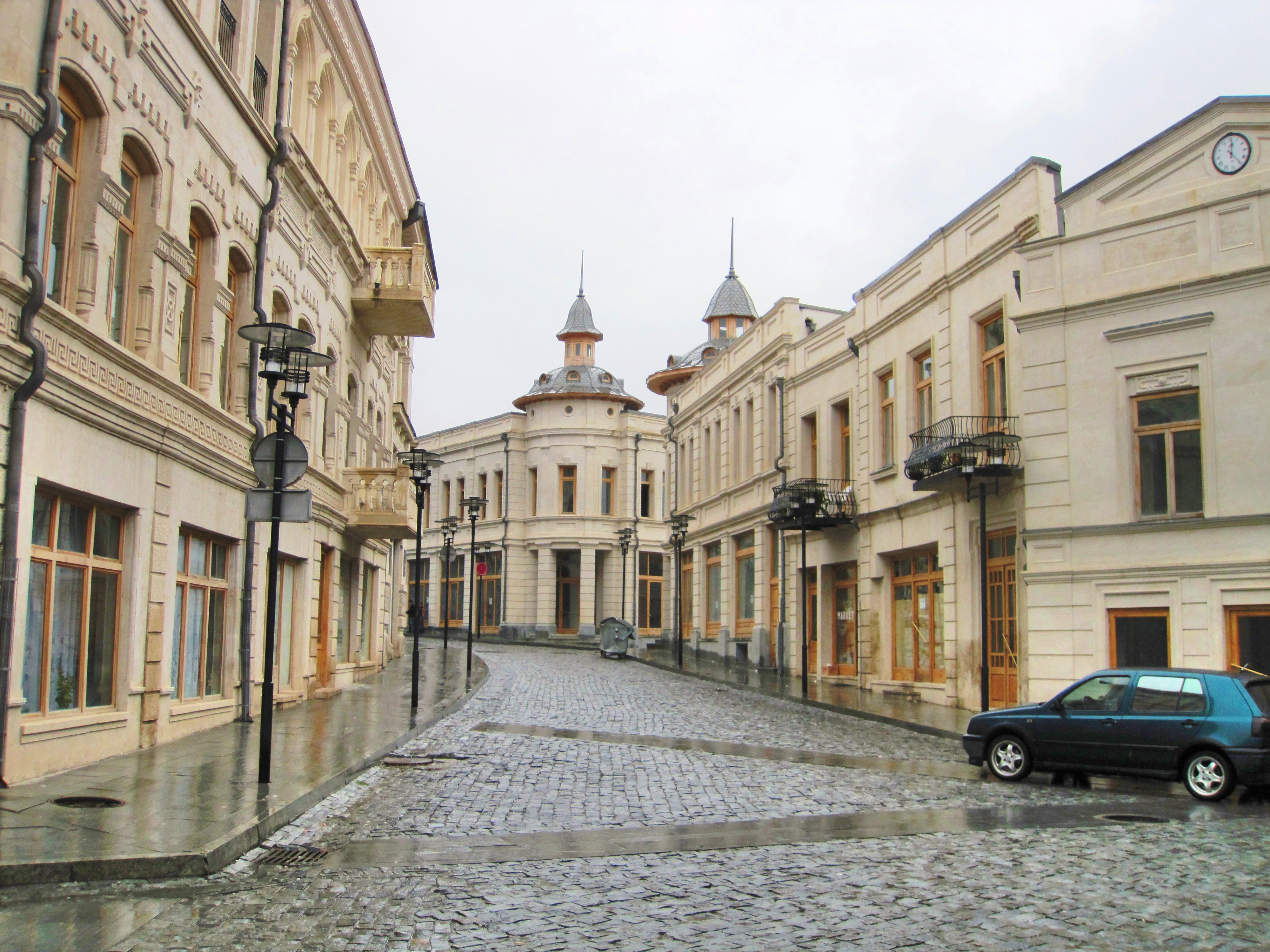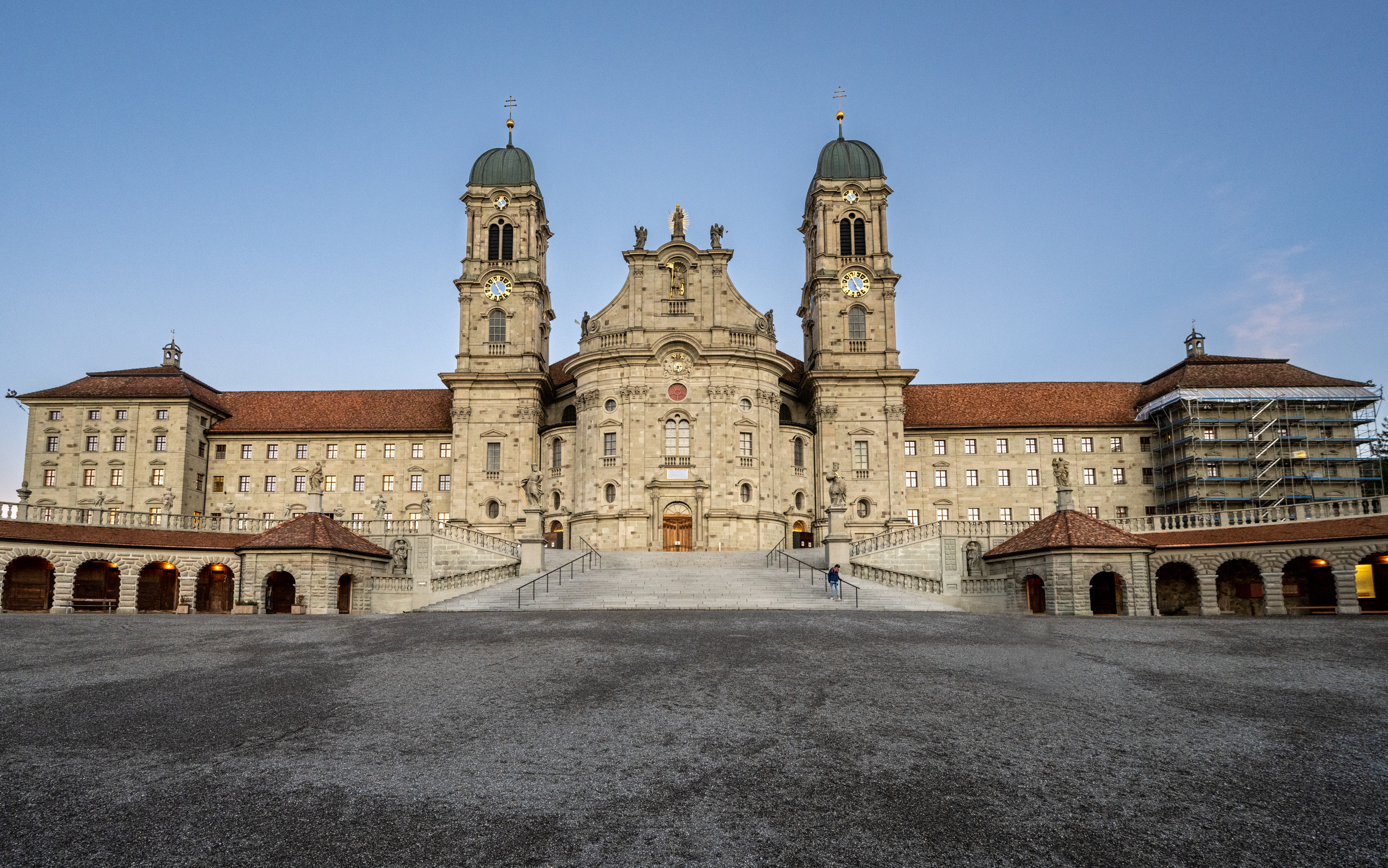|
August 14 (Eastern Orthodox Liturgics)
August 13 - Eastern Orthodox liturgical calendar - August 15 All fixed commemorations below are observed on ''August 27'' by Eastern Orthodox Churches on the Old Calendar. For August 14, Orthodox Churches on the Old Calendar commemorate the Saints listed on ''August 1''. Feasts * '' Forefeast of the Dormition of the Mother of God''.August 14 / August 27 Orthodox Calendar (PRAVOSLAVIE.RU). Συναξαριστής. 14 Αυγούστου '' ECCLESIA.GR. (H ΕΚΚΛΗΣΙΑ ΤΗΣ ΕΛΛΑΔΟΣ). Saints * ''Prophet Micah'' (8th centu ...[...More Info...] [...Related Items...] OR: [Wikipedia] [Google] [Baidu] |
Gallienus
Publius Licinius Egnatius Gallienus (; – September 268) was Roman emperor with his father Valerian from 253 to 260 and alone from 260 to 268. He ruled during the Crisis of the Third Century that nearly caused the collapse of the empire. He won numerous military victories against usurpers and Germanic tribes, but was unable to prevent the secession of important provinces. His 15-year reign was the longest in half a century. Born into a wealthy and traditional senatorial family, Gallienus was the son of Valerian and Mariniana. Valerian became Emperor in September 253 and had the Roman Senate elevate Gallienus to the rank of ''Augustus''. Valerian divided the empire between him and his son, with Valerian ruling the east and his son the west. Gallienus defeated the usurper Ingenuus in 258 and destroyed an Alemanni army at Mediolanum in 259. The defeat and capture of Valerian at Edessa in 260 by the Sasanian Empire threw the Roman Empire into the chaos of civil war. Contr ... [...More Info...] [...Related Items...] OR: [Wikipedia] [Google] [Baidu] |
True Cross
According to Christian tradition, the True Cross is the real instrument of Jesus' crucifixion, cross on which Jesus of Nazareth was Crucifixion of Jesus, crucified. It is related by numerous historical accounts and Christian mythology, legends that Helena, mother of Constantine I, Helen, the mother of Roman emperor Constantine the Great, recovered the True Cross at the Holy Sepulchre in Jerusalem, when she travelled to the Holy Land in the years 326–328. The late fourth-century historians Gelasius of Caesarea and Tyrannius Rufinus wrote that while Helen was there, she discovered the hiding place of three crosses that were believed to have been used at the crucifixion of Jesus and the two thieves, Penitent thief, Dismas and Impenitent thief, Gestas, who were executed with him. To one cross was affixed the Titulus (inscription), titulus bearing Jesus' name, but according to Rufinus, Helen was unsure of its legitimacy until a miracle revealed that it was the True Cross. This event ... [...More Info...] [...Related Items...] OR: [Wikipedia] [Google] [Baidu] |
Georgian Orthodox Church
The Apostolic Autocephalous Orthodox Church of Georgia ( ka, საქართველოს სამოციქულო ავტოკეფალური მართლმადიდებელი ეკლესია, tr), commonly known as the Georgian Orthodox Church or the Orthodox Church of Georgia, is an autocephaly, autocephalous Eastern Orthodox Church, Eastern Orthodox church in full communion with the other churches of Eastern Orthodoxy. It is Georgia (country), Georgia's dominant religious institution, and a majority of Georgian people are members. The Orthodox Church of Georgia is one of the oldest churches in the world. It asserts Apostles in the New Testament, apostolic foundation, and that its historical roots can be traced to the early and late Christianization of Iberia and Colchis by Andrew the Apostle in the 1st century AD and by Saint Nino in the 4th century AD, respectively. As in similar autocephalous Eastern Orthodox Christian churches, the chu ... [...More Info...] [...Related Items...] OR: [Wikipedia] [Google] [Baidu] |
Kutaisi
Kutaisi ( ; ka, ქუთაისი ) is a city in the Imereti region of the Georgia (country), Republic of Georgia. One of the List of oldest continuously inhabited cities, oldest continuously inhabited cities in the world, it is the List of cities and towns in Georgia (country), fourth-most populous city in Georgia after Tbilisi, Batumi and Rustavi. It lies west of Tbilisi, on the Rioni River, and is the capital of Imereti. Historically one of the major cities of Georgia, it served as the political center of Colchis in the Middle Ages as the capital of the Kingdom of Abkhazia and Kingdom of Georgia and later as the capital of the Kingdom of Imereti. From October 2012 to December 2018, Kutaisi was the seat of the Parliament of Georgia as an effort to decentralize the Georgian government. History Archaeological evidence indicates that the city functioned as the capital of the Colchis in the sixth to fifth centuries BC. It is believed that, in ''Argonautica'', a Greek litera ... [...More Info...] [...Related Items...] OR: [Wikipedia] [Google] [Baidu] |
Trabzon
Trabzon, historically known as Trebizond, is a city on the Black Sea coast of northeastern Turkey and the capital of Trabzon Province. The city was founded in 756 BC as "Trapezous" by colonists from Miletus. It was added into the Achaemenid Empire by Cyrus the Great and was later part of the independent Kingdom of Pontus that challenged Rome until 68 BC. Thenceforth part of the Roman and later Byzantine Empire, the city was the capital of the Empire of Trebizond, one of the successor states of the Byzantine Empire after the Fourth Crusade in 1204. In 1461 it came under Ottoman rule. During the early modern period, Trabzon, because of the importance of its port, again became a focal point of trade to Persia and the Caucasus. Today Trabzon is the second largest city and port on the Black Sea coast of Turkey with a population of almost 300,000. The urban population of the city is 330,836 (Ortahisar), with a metropolitan population of 822,270. Name The Turkish name of the city ... [...More Info...] [...Related Items...] OR: [Wikipedia] [Google] [Baidu] |
Archbishop Of Esztergom
In Christian denominations, an archbishop is a bishop of higher rank or office. In most cases, such as the Catholic Church, there are many archbishops who either have jurisdiction over an ecclesiastical province in addition to their own archdiocese (#Non-metropolitan_archiepiscopal_sees, with some exceptions), or are otherwise granted a Titular bishop, titular archbishopric. In others, such as the Lutheranism, Lutheran Church of Sweden, the title is only borne by the leader of the denomination. Etymology The word ''archbishop'' () comes via the Latin . This in turn comes from the Greek language, Greek , which has as components the etymons -, meaning 'chief', , 'over', and , 'guardian, watcher'. Early history The earliest appearance of neither the title nor the role can be traced. The title of "metropolitan" was apparently well known by the 4th century, when there are references in the canons of the First Council of Nicæa of 325 and Synods of Antioch, Council of Antioch of 341 ... [...More Info...] [...Related Items...] OR: [Wikipedia] [Google] [Baidu] |
Einsiedeln Abbey
Einsiedeln Abbey () is a Catholic monastery administered by the Benedictine Order in the village of Einsiedeln, Switzerland. The Abbey of Einsiedeln is one of the most important baroque monastic sites and the largest place of pilgrimage in Switzerland. The Black Madonna of Einsiedeln in the Chapel of Grace attracts around 800,000 pilgrims and tourists every year. The community of Benedictine monks has around 40 members. The monastery is not under the jurisdiction of a diocese or a bishop because it is a territorial abbey. The abbey operates a private high school along with a winery, sawmill, restaurant and other small businesses in order to support itself. History Origin of the monastery The history of Einsiedeln Abbey starts with Meinrad of Einsiedeln. Born in 797 in Sulchen, he was educated at the abbey school on Reichenau Island in what is today Germany. Meinrad became a monk and was later ordained a priest. After gaining public attention for reportedly performing mi ... [...More Info...] [...Related Items...] OR: [Wikipedia] [Google] [Baidu] |
Werenfrid
Saint Werenfried (or Werenfrid, Werenfridus; died ) was an English Benedictine monk, Priesthood in the Catholic Church, priest and Christian mission, missionary among the Frisians. His intercession is thought to relieve the pain of arthritis and to help gardeners. His feast day is 14 August. Life Werenfried was a Benedictine monk. He was probably born in Northumbria and spent time in Ireland before becoming a missionary. He worked with Saint Willibrord of Echternach to convert the Frisians to Christianity. He died around 780 at Arnhem, what is now the Netherlands. His coffin was placed in a boat that was washed down the Rhine and came to rest in Elst, Gelderland, Elst. The Overbetuwe municipal coat of arms depicts this event. The tomb of St. Werenfried in the 8th century church in what is now Elst attracted pilgrims who wanted release from arthritic pain, or who wanted to become better gardeners. The church where Werenfridus was originally buried has been called Werenfriduskerk si ... [...More Info...] [...Related Items...] OR: [Wikipedia] [Google] [Baidu] |
Rosscarbery
Rosscarbery () is a village and census town in County Cork, Ireland. The village is on a shallow estuary, which opens onto Rosscarbery Bay. Rosscarbery is in the Cork South-West (Dáil Éireann) constituency, which has three seats. History The area has been inhabited since at least the Neolithic period, as evidenced by several Neolithic sites such as portal dolmens. The area is also home to a number of Bronze Age remains, including a number of stone circles and ring forts. There are two inscribed stones in Burgatia, and several (later) holy wells nearby. Rosscarbery was home to the School of Ross, a major centre of learning, at one time being a university town, and one of the major cities in Europe, around the 6th century. Due to its popularity as a centre of pilgrimage it was also known as ''Ros Ailithir ("Wood of the Pilgrims")''. The hereditary chieftains of the area, or tuath, were the O'Learys, known as Uí Laoghaire Ruis Ó gCairbre, until it passed to Norman control i ... [...More Info...] [...Related Items...] OR: [Wikipedia] [Google] [Baidu] |
Fachtna Of Rosscarbery
Fachtna of Rosscarbery, known also as Fachanan, was an Irish Christian leader known as the founder of the monastery of Rosscarbery (Ros Ailithir), County Cork. He died around 600. Life He established a monastery and school in the area now known as Rosscarbery towards the end of the sixth century. His monastery became the principal monastery of west Cork, and later had a famous Scripture school known as the School of Ross. Brendan, the Navigator, taught in this school, which was crowded with students from every land. It flourished for three hundred years and survived in some form until the coming of the Normans to Ireland. It was the centre from which the Diocese of Ross developed. Fachtna, born at a place called Tulachteann, was one of the pupils of Saint Ita. It is said that Fachtna was cured of an affection of his eyes by bathing them in the milk of Saint Mochoemoc's mother, Saint Ita's sister. He then studied at Saint Finbarr's school at Loch Eirce (Gougane Barra). Befor ... [...More Info...] [...Related Items...] OR: [Wikipedia] [Google] [Baidu] |





